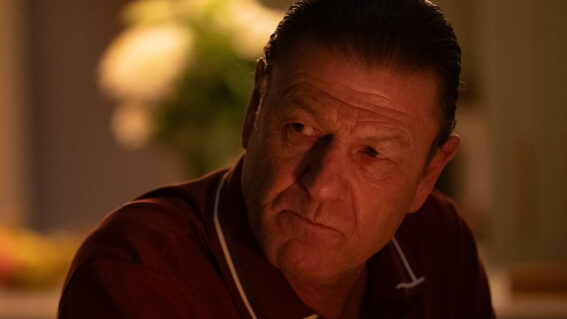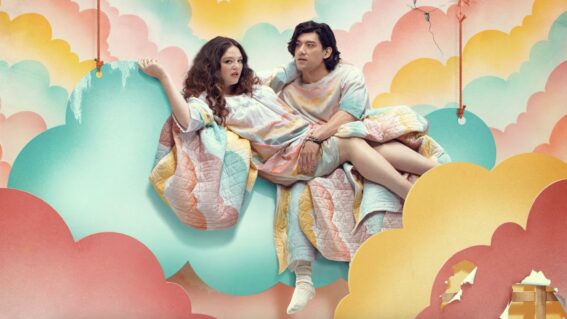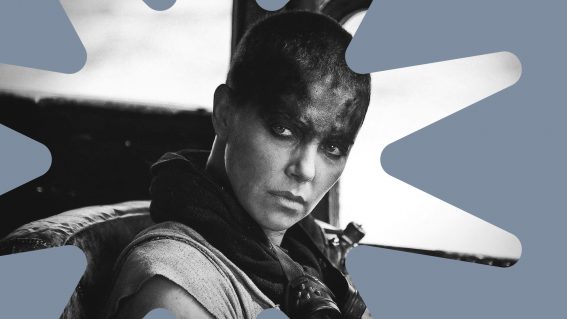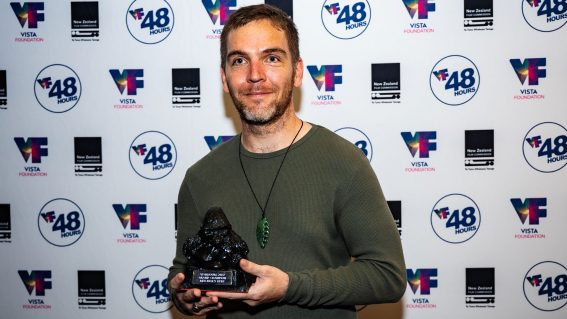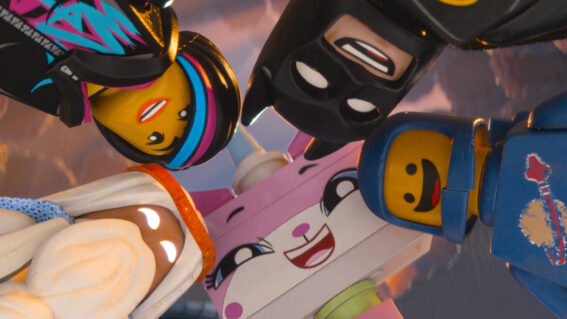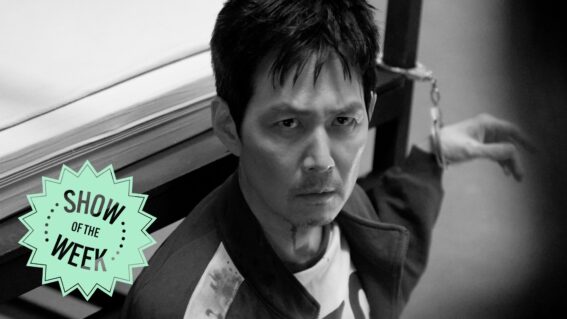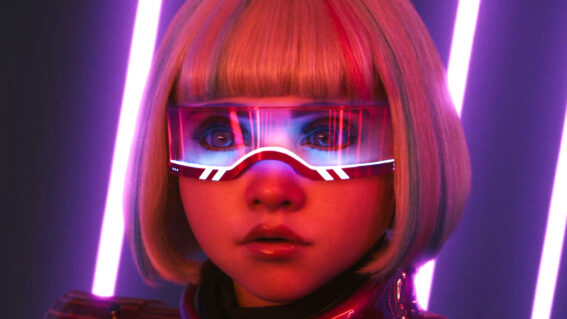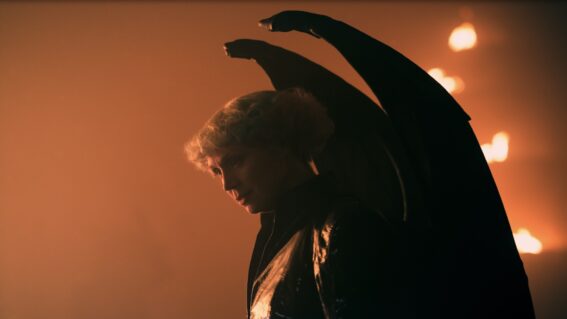How to Have Sex director Molly Manning Walker talks teen partying, sex and consent
“We wanted to show its intensity – but we don’t want people to stop partying or having fun.”

Cannes winner How to Have Sex follows a group of British teens partying up a storm on a holiday to Greece. Rachel Ashby spoke with Molly Manning Walker about her acclaimed debut.
Few films have garnered such a cult buzz over the last six months as How to Have Sex, the debut feature from cinematographer-turned-director Molly Manning Walker. Winner of the prestigious Un Certain Regard award at the 2023 Cannes Film Festival, the film follows a group of three teenage friends Tara (Mia McKenna-Bruce), Skye (Lara Peake) and Em (Enva Lewis) as they navigate a hedonistic package holiday in Greece while awaiting their exam results. Primarily told from the perspective of Tara, the film navigates the complex terrain of teenagehood, sex and consent in a way that gives a compassionate and fresh perspective on coming-of-age storytelling. Rachel Ashby spoke with director and writer Molly Manning Walker about creating the feature.
FLICKS: You cover some hefty topics in this film with dexterity and compassion, while still managing to make room for joy in the storytelling. When did you know that this was a film you needed to make?
MOLLY MANNING WALKER: The idea started when I found myself at a wedding in Ibiza with some girls I used to go on these European party package holidays with as a teenager. I thought I’d sort of over-exaggerated my memories of those holidays in my brain; blown them up to heighten the messiness and chaos of it. But once we got talking about those times it made me realise that those experiences really were as full on as I’d remembered, and they’d actually had quite a huge impact on what our perception of sex was at that age. When I got home I began to write about it and I found myself writing non-stop. I knew that meant I was onto something good and that it was a story that I really wanted to tell.
After the film screened at the 2023 NZ International Film Festival here in Auckland, I spoke with friends about how it had impacted them. Almost everyone agreed that it felt very true to life and had brought up some big emotions. What kind of conversations and research were you doing in the making of this film?
A lot of this film is drawn from reality, so we had to make sure that we did justice to those feelings and experiences—especially around the topic of consent. In order to get that right, we went all across the UK doing workshops with 16- to 17-year-old girls, and 19- to 20-year-old boys about what their concept of consent was. A big thing we realised through this was that teenagers don’t really talk to each other about that stuff. It was also interesting to see that the same old insecurities and pride about sex were still present for this group, even though a lot of stuff in the culture has progressed and moved on. Crucially, when we gave some of the boys sections of the script to read, they couldn’t identify the ‘sex’ as assault, because of certain things that happened in the plot before this moment. It really made me think “Oh okay, we’re gonna have to make this film”.
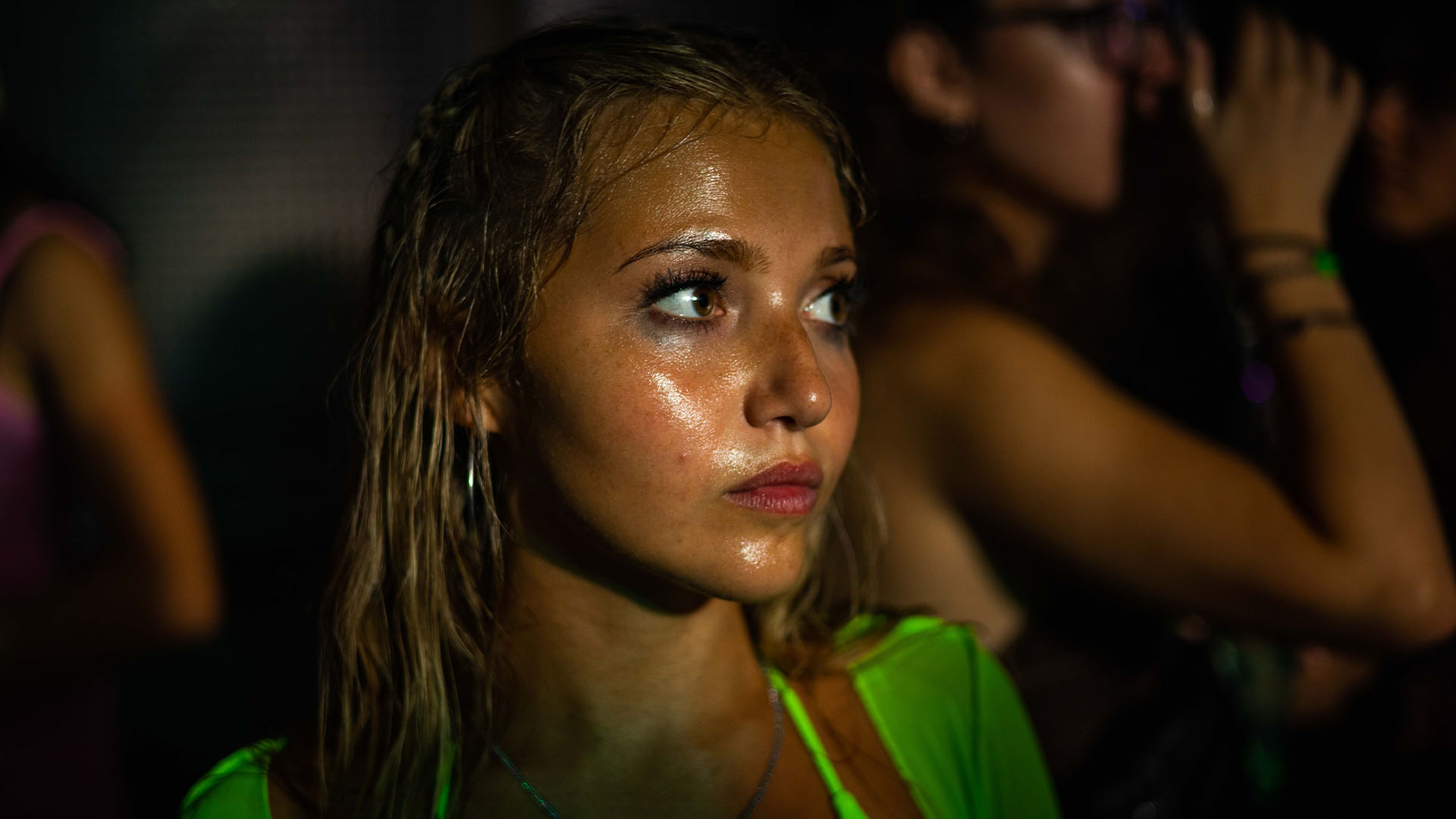
In terms of actually writing the script, you said that the story really just flowed out for you. I wondered if there was ever a time you stopped to show it to anyone else? Or did you feel that you had to just get it down on paper before you could start seeing what others thought?
I’m a big collaborator and I love working with other people’s ideas, and sometimes I can get a bit lost in other people’s thoughts. So for me, when I was writing this I felt I had to get it fairly far along before I could go out and seek any type of feedback on it. I waited until I’d written at least 50 pages or so before I showed anyone else, and while we workshopped several different endings to see what the best conclusion might be, we never did any major rewrites.
That makes a lot of sense, the story feels very crystalline. A lot of its power really comes from how you’ve chosen to present the character’s interior worlds amid this wild expansive party landscape. How did you decide on this framing?
Yeah, that was tricky because we have six main characters in a way, and they all have stories we wanted to highlight. Ultimately, the film really felt like it had to be from Tara’s perspective and getting that right was a really complex part of the shoot. The editor and I spent a lot of time discussing how we could keep all the characters involved, but still be seeing it all play out through her eyes. Setting-wise, I felt like the party space that surrounds the characters acts very much as a context and a backdrop. It was less about focussing on what was happening to the characters, but instead on how it was affecting them.

Some of the behaviours and issues these teens are dealing with seem uncomfortably familiar for older generations watching this film. However, I was interested to see that all the characters in this story – even the lads – are pretty cool with people around them being queer. Why was that important for you to add to the film?
One thing we discovered in doing research for the film, is that there is broadly a better acceptance of queerness amongst a lot of Gen Z. There are definitely still a lot of challenges of course, but I thought it was really exciting to make some room in the film to say “okay, well there is some positive change in the world”. It felt important to me that we could have two queer central characters date happily in the background of the story and it not have to be a big deal or a traumatic thing.
It felt like a very hopeful thread in the film, especially with Tara’s experiences carrying the arc of the plot. That being said, despite the heaviness of the subject matter, the film feels grounded in hopefulness. Would you say that’s a fair assessment?
Yeah absolutely. I really didn’t want to show Tara as a classical victim like we’ve seen on screen before; those characters where something terrible happens to them and it looms over their life forever. It felt very important to me that she has the energy to pick herself up and carry on. I think that resilience is something that a lot of women, or anyone who’s been through something horrible, can relate to in some way—yet we still don’t see much of it on screen.
It was also important to us that we weren’t looking down on party culture in this film. We wanted to show its intensity—but we don’t want people to stop partying or having fun. You should be able to go out into these spaces and not be scared that something is going to happen. It was really important to me that that wasn’t the point of the film.
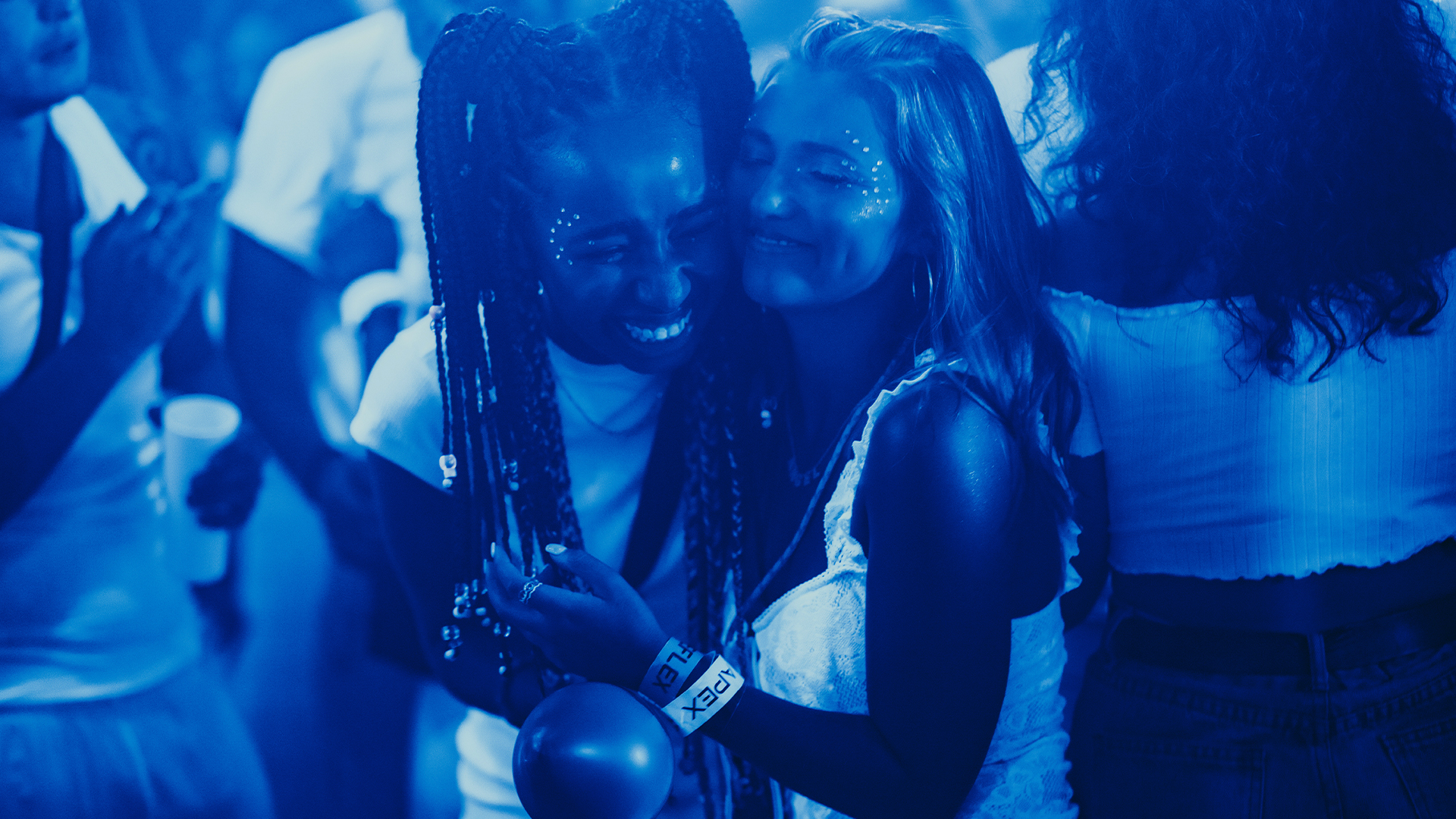
And it does seem like there was a lot of joy and camaraderie throughout the shoot.
Oh yeah, we had such a great time making it. We had such a lovely young crew, and we were shooting on a Greek island in the off-season: like couldn’t you can’t ask for a much better setting! We were swimming before beach shoots, playing football every Sunday, having barbecues and sing-alongs, and going to get our nails painted together. It felt like a bunch of friends just hanging out a lot of the time. My best mate Georgie Buxton is the costume designer and she’s a proper party girl. She’d go up to random people who were partying to ask about their outfits for her references. We had a lot of fun.
You must have some thoughts now that you’ve made and released this film about how you’d like to see consent conversations change?
Totally. I think if we started talking about sex more openly in general, and with less shame and embarrassment, then it would stop people going behind closed doors to understand what it is. I’d hope it would stop people using porn as a reference to understand sex, and I’d hope we’d be able to talk about female pleasure more—which is a liberating conversation for both women and men. I think if we were able to talk about this stuff more broadly, it would make such a big difference to the type of sex people have and prevent some of the awful experiences that people go through.









